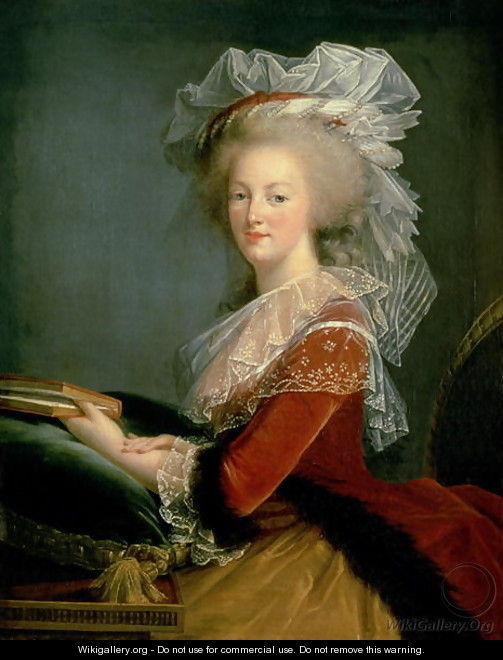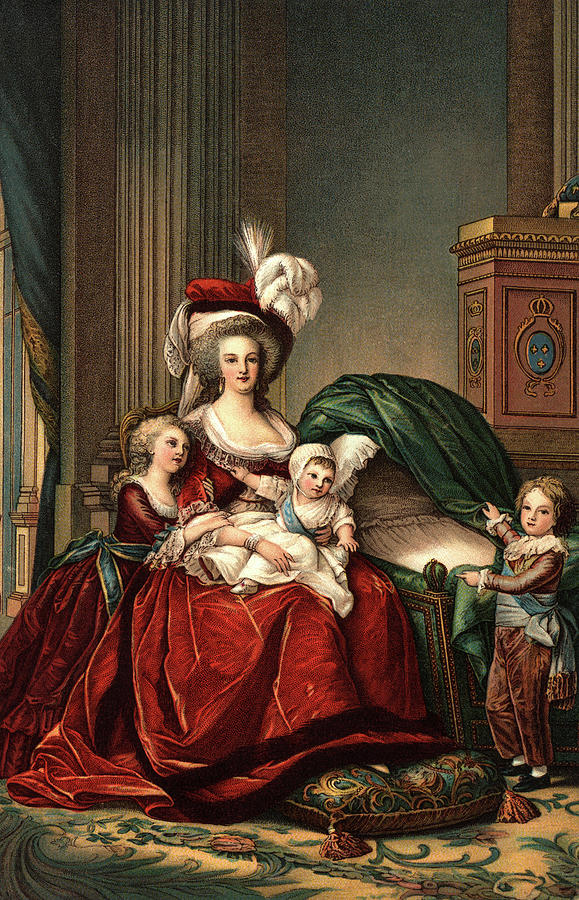
She would stay forever the painter of l’Ancien Regime.

Elisabeth’s melancholy would grow with her age, and as her beauty faded, she would no longer want place herself in her paintings. Despite an attempt to paint a portrait of Caroline Murat that Elisabeth found unbearable, she regretted her life from before. She supported neither the Empire nor its new society of social climbers. Elisabeth turned to her nieces, teaching them her art. Her daughter, who did not marry well, ended up tragically in poverty. « L’artiste dans son atelier avec deux de ses élèves » 1785Įlisabeth’s return to France was tinged with sadness, as this was not the France that she’d once loved. Travelling first to Italy, Elisabeth would meet the internationally renowned Angélica Kauffmann (at the time, Elisabeth was only known in France). While her rival Adélaïde Labille-Guiard painted the new faces of the Revolution (Robespierre in deputy d’Arras à l’Assemblée constituante), she would exile herself for almost eleven years. A wig! Considering my love of all things picturesque, I might have been keen on a wig! I’ve always been horrified by them, to the extent that I’ve refused a rich marriage, because the suitor was wearing a wig. » (Excerpt of “Mes souvenirs” by Elisabeth Vigée Lebrun)īut the Revolution would change everything. “Monsieur de Calonne has always seemed unattractive to me because he wears a powdered wig.

When a rumour arose detailing an escapade implicating her and the Contrôleur général des finances, Elisabeth responded : She lived her life as she wished: commissions, money, lovers, etc. She painted herself in lightweight, white cotton dresses–just like the gaulle dress worn by Marie-Antoinette that sparked a scandal upon its exhibition.

« Marie-Antoinette en chemise ou en gaulle » 1783Įverything seemed to be going well: a perfect life, loyal friends (she would lose them to the Revolution), a loving family, her dear brother Étienne, her beloved daughter, and her magnificent dinner parties (each with the orgiastic spending and scandalous potential of a « souper grec »).Įlisabeth was not only beautiful, but a true innovator in fashion.


 0 kommentar(er)
0 kommentar(er)
